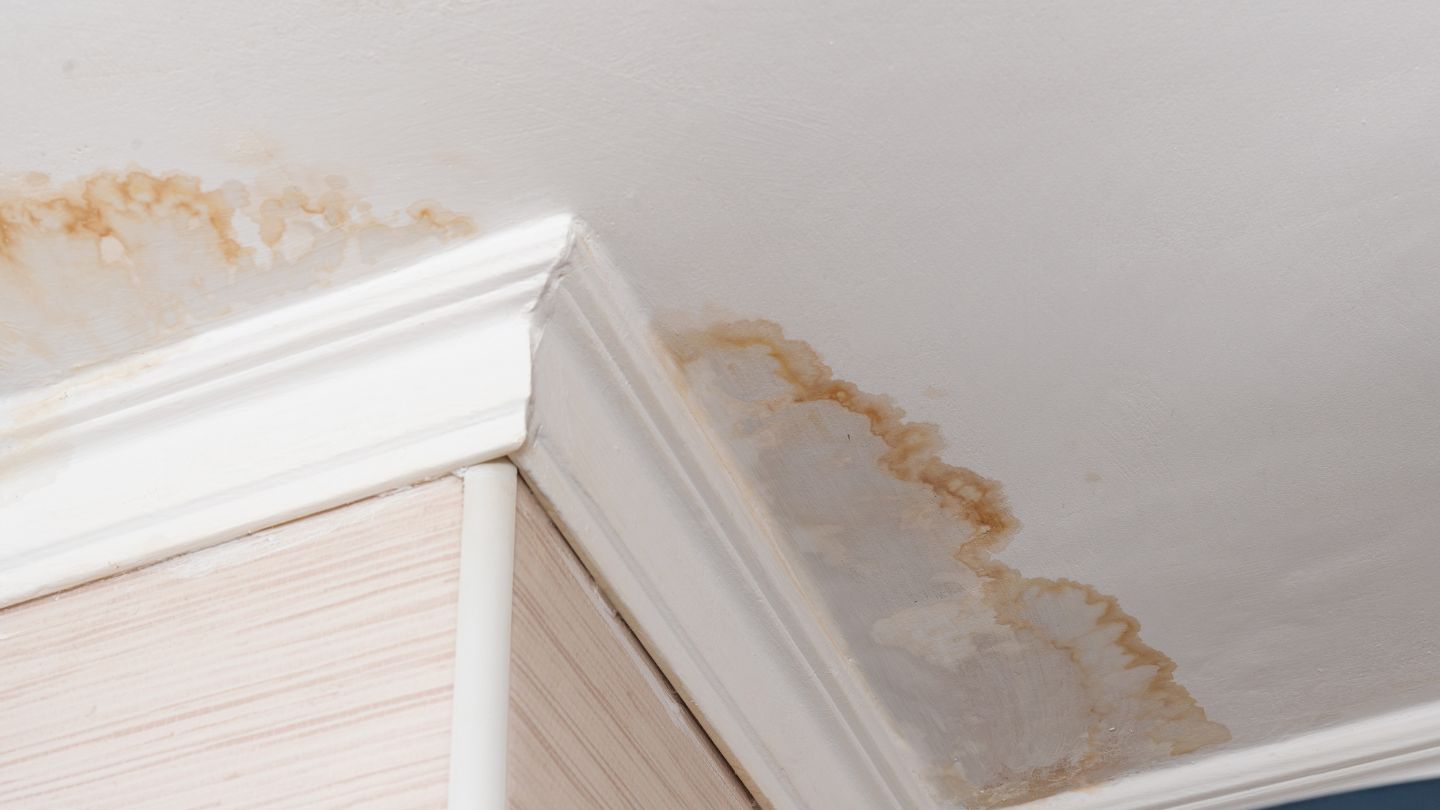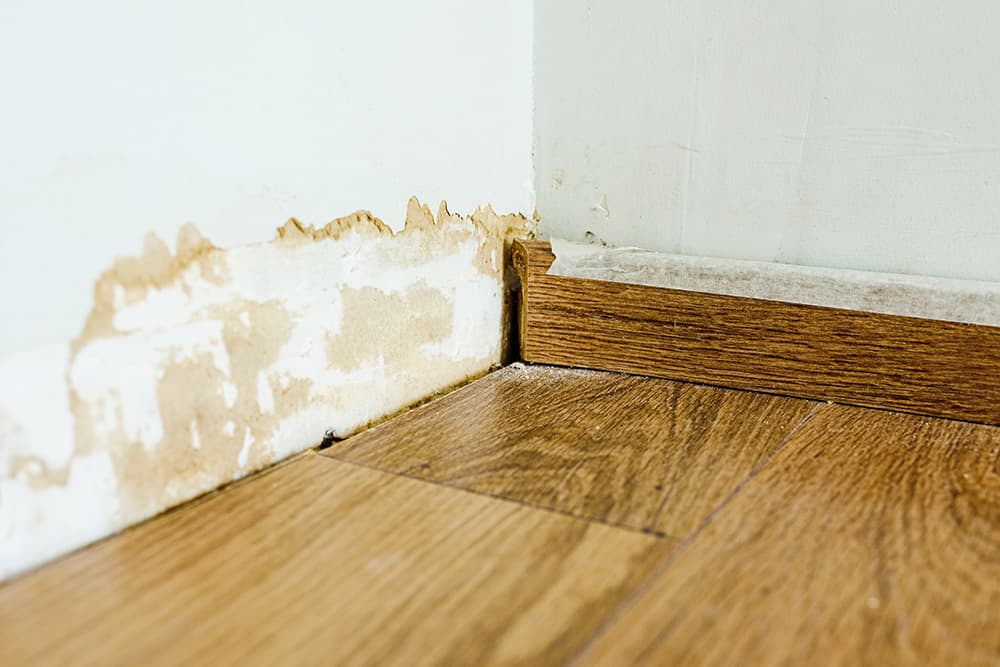Comprehensive Damage Restoration Services for All Types of Water Damage
Comprehensive Damage Restoration Services for All Types of Water Damage
Blog Article
The Refine of Water Damages Clean-up: Ensuring Your Home Is Restored Efficiently
Water damages can be a complicated difficulty for house owners, requiring a precise and organized cleanup process to restore security and functionality. damage restoration services. Following this, reliable water removal methods play a pivotal function in mitigating additional injury.
Examining the Damages
Upon finding water damage, the primary step is to extensively evaluate the level of the influence. This preliminary examination is vital, as it helps establish the necessary actions for effective clean-up and repair. Begin by checking the impacted locations, consisting of walls, ceilings, floors, and individual valuables, to determine the resource of the water intrusion, whether from flooding, leakages, or condensation.
Documenting the damage is crucial for both insurance policy claims and preparing repair efforts - damage restoration services. Usage photos and created notes to capture the severity of the damages, noting any afflicted architectural aspects and materials. Pay unique attention to areas that might not be immediately visible, such as behind wall surfaces and under rugs, as concealed wetness can result in more issues, including mold and mildew development
Additionally, examine the timeline of the water exposure. The longer the products continue to be wet, the higher the possibility for damage. Comprehending the duration of direct exposure will inform the seriousness of remediation efforts. Inevitably, an extensive analysis lays the foundation for a successful water damages clean-up process, making sure that all influenced areas are resolved properly and completely.
Water Extraction Methods

Professionals commonly employ completely submersible pumps for larger quantities of water, which can promptly reduce flooding in basements or various other impacted locations. For smaller sized amounts, wet/dry vacuum cleaners are often used to remove recurring moisture from carpets and tough surface areas. In addition, utilizing mobile extractors enables targeted removal in confined areas or locations with fragile materials.
In instances of infected water, such as sewage or floodwater, progressed extraction methods may include making use of biohazard devices to make sure security and compliance with wellness regulations. High-powered extraction devices are critical in reducing water retention in structural products, which can cause mold development and structural deterioration if not addressed quickly.
Inevitably, the effectiveness of water extraction techniques plays an essential role in the general success of the water damages cleanup process, laying the groundwork for subsequent restoration initiatives.
Drying and Dehumidification
As soon as standing water has been efficiently extracted, the next crucial phase in the water damage clean-up process is drying out and dehumidification. This action is crucial to avoid additional damages and mold and mildew growth, which can take place within 24 to 2 days in wet environments.
To accomplish reliable drying, customized devices such as industrial-grade air movers and dehumidifiers is employed. Air movers distribute air across wet surfaces, boosting evaporation prices, while dehumidifiers minimize moisture degrees airborne, advertising a helpful atmosphere for drying out. The combination of these tools makes certain that moisture is extracted from home furnishings, floors, and walls, permitting them to completely dry completely.
It is essential to keep an eye on the drying out process very closely. Specialists often use wetness meters to assess the dampness content in different materials, making certain that all influenced areas reach appropriate dry skin degrees. This meticulous method aids to prevent concealed dampness pockets that could cause architectural damages or harmful mold growth.

Cleaning and Sterilizing
After the drying and dehumidification phase is full, the next crucial step in water damage clean-up is cleaning and sanitizing the impacted locations. This process is critical to stop the growth of mold and mildew, germs, and various other virus that thrive in wet environments.
The cleansing phase typically involves getting rid of any kind of particles, dirt, and pollutants from surfaces utilizing specialized cleaning up representatives. For hard surfaces, a combination of soap and water or industrial cleansing products is frequently employed. Soft products, such as furniture and rugs, might require more substantial cleansing methods, including heavy steam cleaning or deep extraction methods, to make certain comprehensive sanitation.

Sanitizing adheres to cleansing, utilizing EPA-approved disinfectants to remove damaging microbes. This action is essential, especially in locations that might have entered into contact with floodwaters or sewer, as these resources can present significant wellness risks.
In addition, it is essential to address any kind of continuing to be odors, which may require making use of odor neutralizers or advanced strategies like ozone treatment. Appropriate cleaning and sterilizing not just recover the security and hygiene of your home but also lay the groundwork for effective repair and fixings in succeeding stages of the water damages cleaning process.
Remediation and Fixings

As soon as the evaluation is full, remediation initiatives can begin. This typically entails fixing or replacing broken products, guaranteeing that all work adheres to local building ordinance and standards. For example, if drywall has been compromised, it will need to be removed and replaced with new product. Additionally, my website flooring may need similar focus, depending on the level of water exposure.
It is critical to involve skilled repair experts useful site throughout this procedure, as they possess the know-how to handle complicated fixings efficiently. In addition, they can assist minimize prospective future issues, such as mold growth or architectural instability, thus guaranteeing a safe and habitable living setting. Ultimately, effective reconstruction and repairs restore the home's integrity and enhance its general value.
Verdict
Finally, the process of water damage cleaning is important for recovering a home to its pre-damage condition. Each phase, from evaluating the damages to implementing reliable water removal techniques, adhered to by extensive drying, sterilizing, and needed repair services, plays a vital role in guaranteeing safety and security and conformity with building standards. Efficient execution of these steps not just mitigates instant damage however additionally enhances the long-term integrity and worth of the building.
Water damages can be a difficult challenge for property owners, demanding a structured and careful cleaning procedure water damage experts to recover safety and functionality. Eventually, a detailed analysis lays the foundation for an effective water damages cleaning process, guaranteeing that all influenced areas are resolved properly and thoroughly.
Efficient water extraction techniques are crucial in reducing damages and avoiding additional complications complying with a water breach event.In final thought, the process of water damages cleaning is crucial for restoring a home to its pre-damage condition. Each phase, from assessing the damage to executing effective water removal methods, complied with by detailed drying, sterilizing, and essential repair services, plays an important function in making certain security and compliance with building requirements.
Report this page